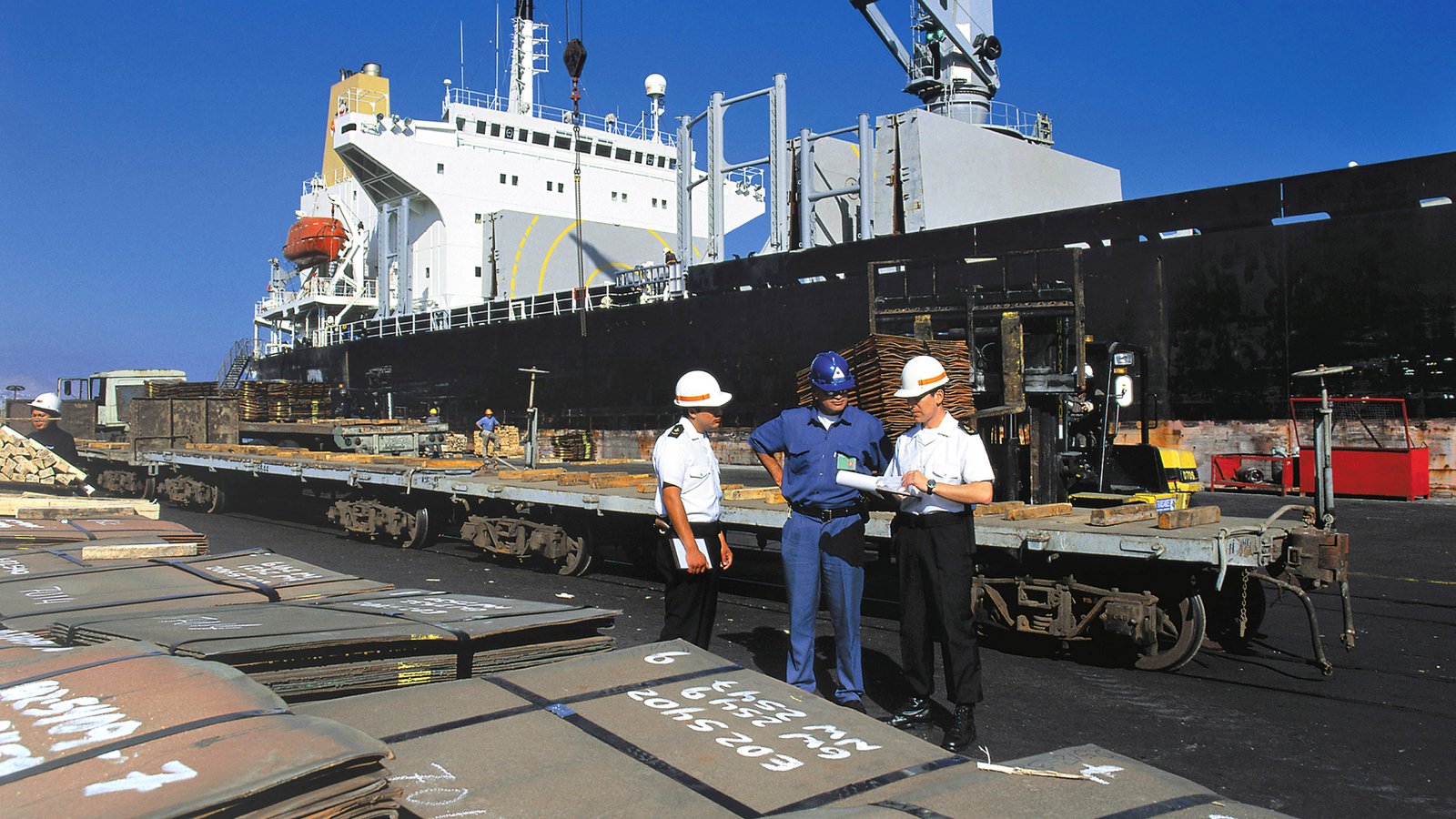DIGITIZATION OF PROCESSES IN LATIN AMERICA AND THE CARIBBEAN
Driven in part by government policy and in part by private sector investment as a partner in development, Latin American and Caribbean (LAC) ports have begun a process of modernization and digitization to enable them to successfully meet the challenges of world trade and, in the case of the Caribbean Basin, global tourism.
1st Generation Ports are those that simply transport goods between land and sea, through a local or regional hinterland, with no relation to the socioeconomic environment of the area. 2nd Generation Ports, also called industrial ports, are transportation facilities and centers of industrial and commercial activity. Services are limited to vessels and goods. The 3rd Generation Ports incorporate logistics services related to the distribution of goods, data processing and the use of telecommunications systems, and help to generate added value to goods and services. The 4th Generation Ports are logistics platforms with security and communications systems at the highest technological level. Also known as Smart Ports, they are integrated into intermodal transportation networks (door-to-door service), i.e., all actors in the supply chain are interconnected.
Having a Maritime Single Window (MSW) with all transactions digitized is necessary, but not sufficient. Those wishing to become 3rd generation or smart ports should aim to create a Port Community System (PCS) of which the VMU is only one component.
In a Smart Port all the procedures and processes of the port stakeholders have been digitized and are interconnected, it is a digital system. The benefits of implementing Smart Port technologies can have a huge impact, the Port of Hamburg, for example, plans to connect the port's many stakeholders to reduce costs in operations and logistics and by 2025, allow it to double its capacity without expanding the port itself.

Undoubtedly, Latin American and Caribbean ports are in the midst of a new phase of modernization aimed at enabling maritime and land transportation to advance towards new service standards, reducing costs in the global supply chain and, therefore, trying to increase the competitiveness of their foreign trade. The European and Asian experiences represent a path that goes beyond port reforms and increased shipping. They represent a path towards transforming ports and port areas into critical links in the global supply chain, where elements such as Maritime Single Windows are just one element in a much larger port ecosystem. In these more comprehensive digital smart ports, sustainability, productivity, customer service and low costs are the new drivers of competitiveness for globalized foreign trade.
Latin American and Caribbean ports continue to make progress. However, before they can achieve a regional digital port system and higher levels of technological interoperability, logistics integration, market adaptation and sustainability, they must respond to new challenges in port governance, technologies and trade facilitation. As in other parts of the world, LAC's medium- to long-term strategies must address port legislation and regulatory issues for infrastructure, technologies and business practices that have not yet been invented or implemented. It is undoubtedly a daunting task, but the governments of LAC countries, with the private sector as a partner for socio-economic development, face and confront the challenges head on.